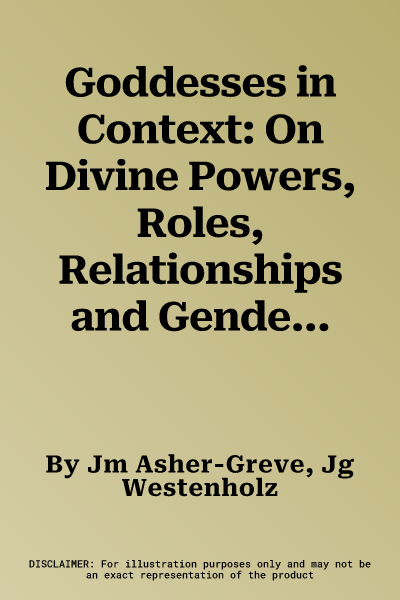The authors examine from different perspectives some of the most
challenging themes in Mesopotamian religion such as gender switch of
deities and changes of the status, roles and functions of goddesses.
Julia M. Asher-Greve and Goodnick Westenholz incorporate recent
scholarship from various disciplines into their analysis of textual and
visual sources, representations in diverse media, theological
strategies, typologies, and the place of image in religion and cult over
a span of three millennia. Different types of syncretism (fusion,
fission, mutation) resulted in transformation and homogenization of
goddesses' roles and functions. The processes of syncretism (a useful
heuristic tool for studying the evolution of religions and the attendant
political and social changes) and gender switch were facilitated by the
fluidity of personality due to multiple or similar divine roles and
functions. Few goddesses kept their identity throughout the millennia.
Individuality is rare in the iconography of goddesses while visual
emphasis is on repetition of generic divine figures (hieros typos) in
order to retain recognizability of divinity, where femininity is of
secondary significance. This richly illustrated book demonstrates that
goddesses were never marginalized or extrinsic and that their continuous
presence in texts, cult images, rituals, and worship throughout
Mesopotamian history is testimony to their powerful numinous impact.
This richly illustrated book is the first in-depth analysis of goddesses
and the changes they underwent from the earliest visual and textual
evidence around 3000 BCE to the end of ancient Mesopotamian civilization
in the Seleucid period. Goddesses in Context is a compelling
contribution to Mesopotamian religion and history as well as to history,
art history, history of religion and gender studies.

